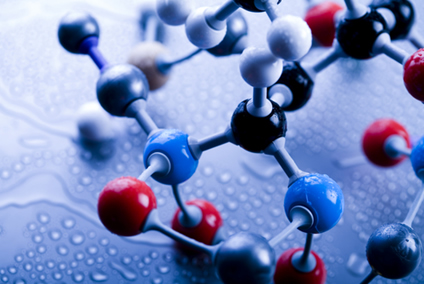 Molecules of life
A biomolecule is any molecule that is produced by a living organism, including large macromolecules
such as proteins, polysaccharides, lipids, and nucleic acids, as well as small molecules such as primary metabolites,
secondary metabolites, and natural products.
Molecules of life
A biomolecule is any molecule that is produced by a living organism, including large macromolecules
such as proteins, polysaccharides, lipids, and nucleic acids, as well as small molecules such as primary metabolites,
secondary metabolites, and natural products.
The four main classes of large biological molecules are carbohydrates, lipids, proteins and nucleic acids.
25–20 percent of living matter consists of macromolecules, including proteins, polysaccharides and DNA. Though all of these groups are organized around carbon, each group has its own special structure and function. Cells acquire and use these two size classes of molecules in fundamentally different ways. Ions, water and many small organic molecules are imported into the cell. Cells also make and alter many small organic molecules by a series of different chemical reactions. In contrast, cells can obtain macromolecules only by making them. Their synthesis entails linking together a specific set of small molecules (monomers) to form polymers through repetition of a single type of chemical–linkage reaction.
For example, a protein may consist of thousands of covalently connected atoms that form a molecular colossus with a mass of over 100,000 daltons. Biologists use the term macromolecules for such giant molecules. The architecture of a macromolecule helps explain how that molecule works.
 DNA provides the molecular basis of life.
DNA provides the molecular basis of life.
The large molecules in three of the four classes of life's organic compounds–carbohydrates, proteins, and nucleic acids–are chain–like molecules called polymers. A polymer is a long molecule consisting of many similar or identical building blocks linked by covalent bonds, much as as train consists of a chain of cars. The repeating units that serve as the building blocks of a polymer are small molecules called monomers. Some of the molecules that serve as monomers also have other functions of their own.
Our energy is obtained by burning fuel. The three major constituents of our food namely carbohydrates, fats and proteins function as fuels, as well as provide raw materials for building our tissues. To understand life, we need to know about the chemical properties and reactions of the organic compounds that make us. DNA provided the molecular basis of the template needed for genetic replications. With this discovery, the field of molecular biology was born–the field essentially owes its origin to chemical basis of life.